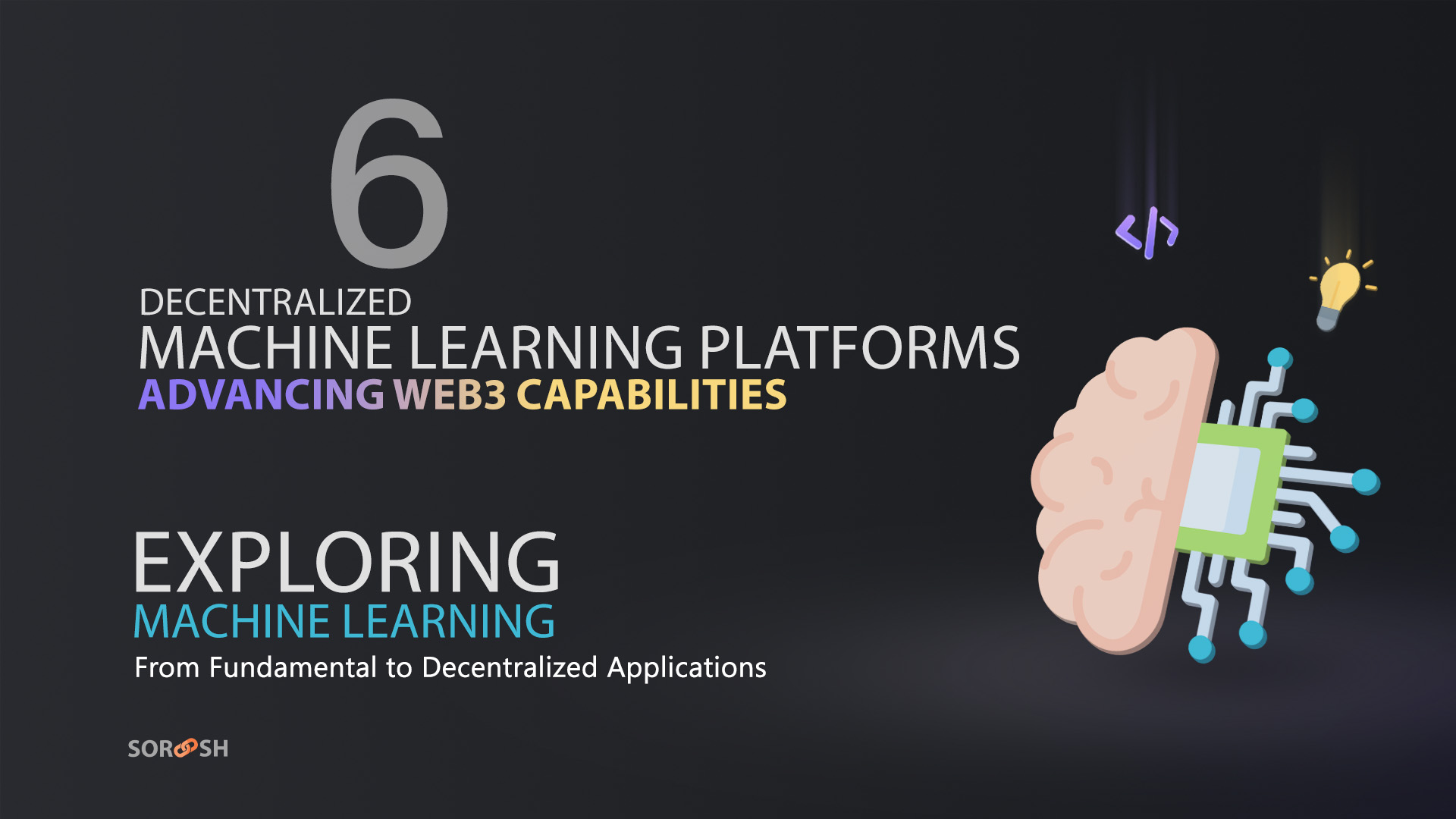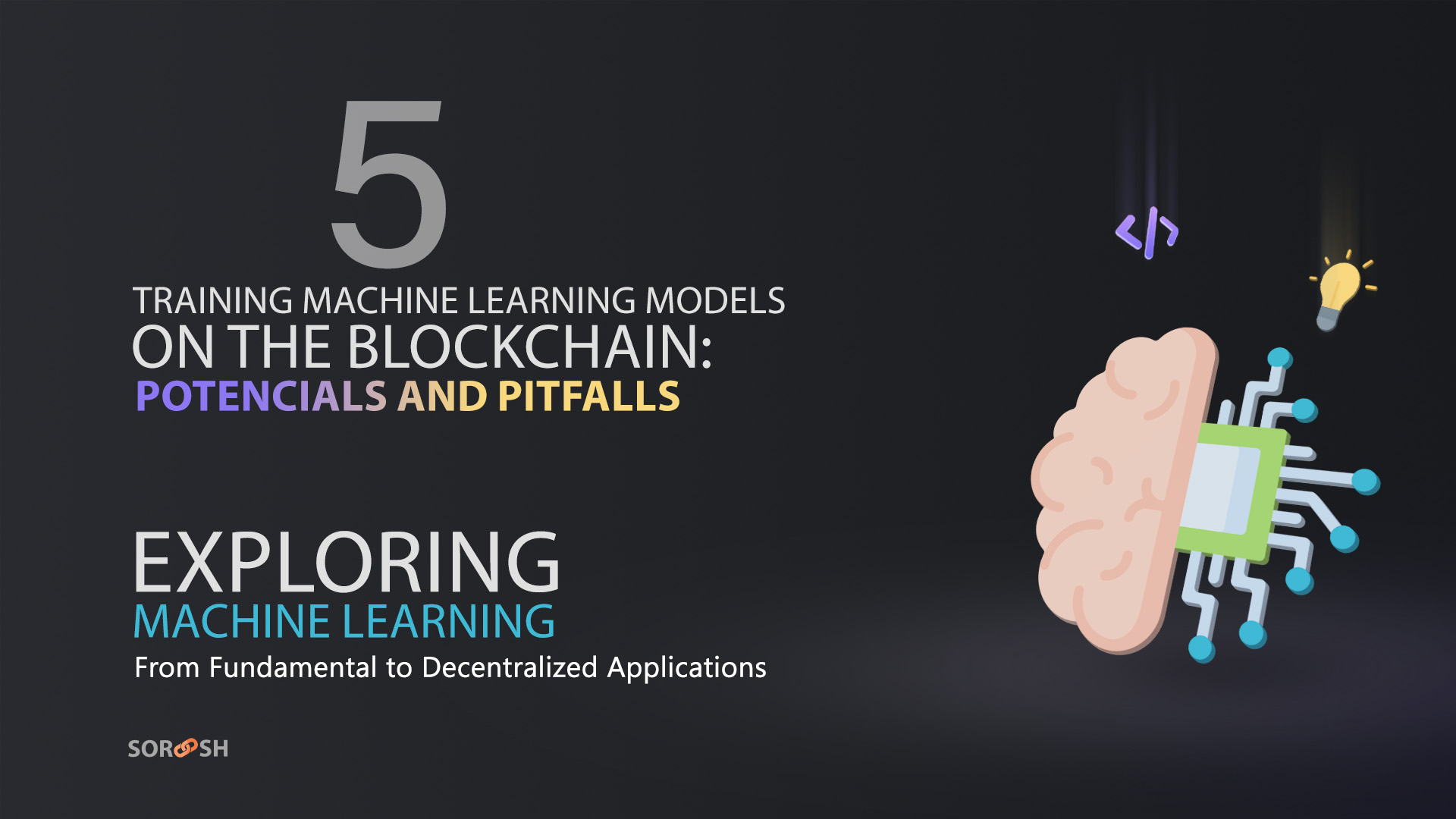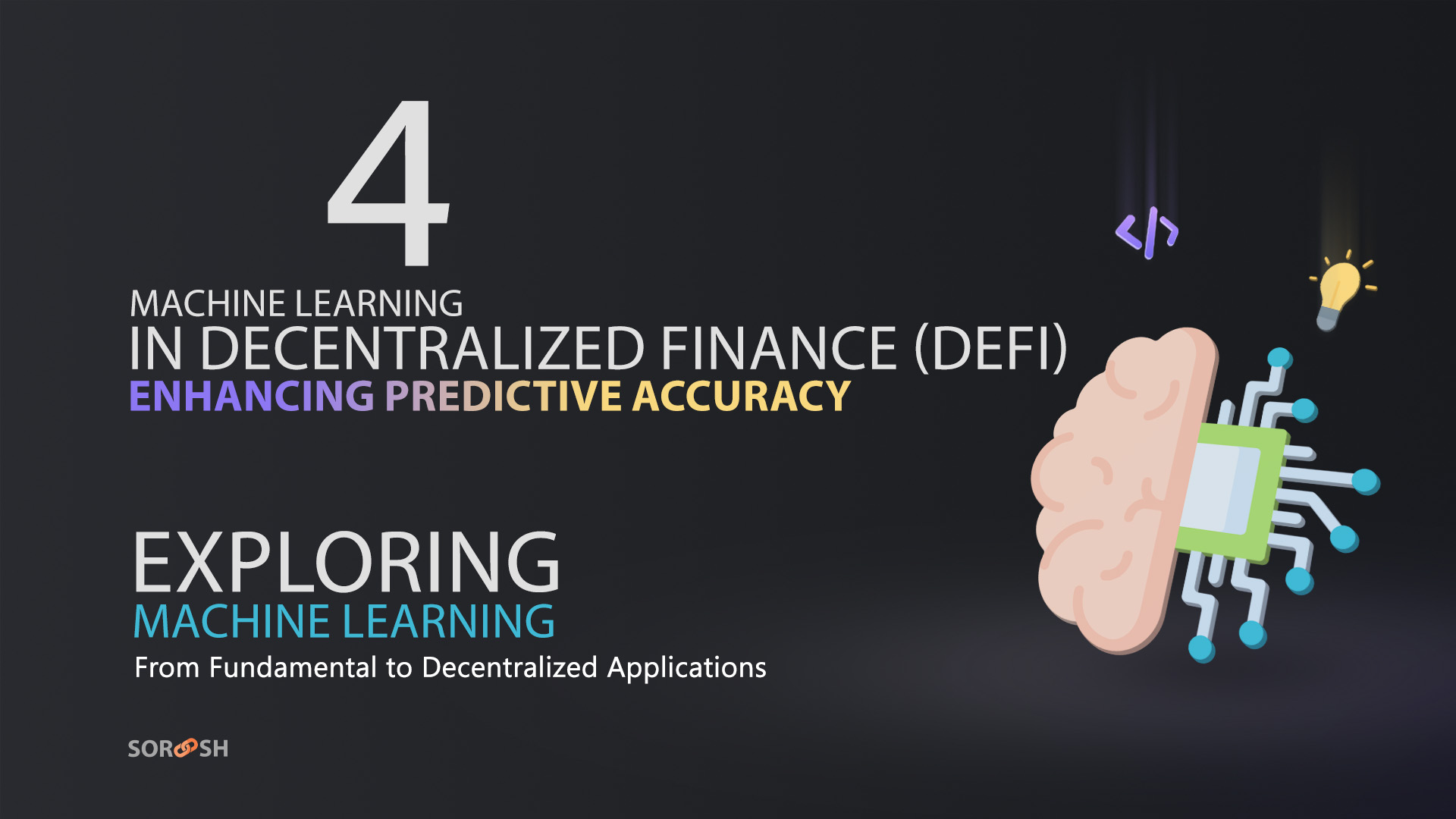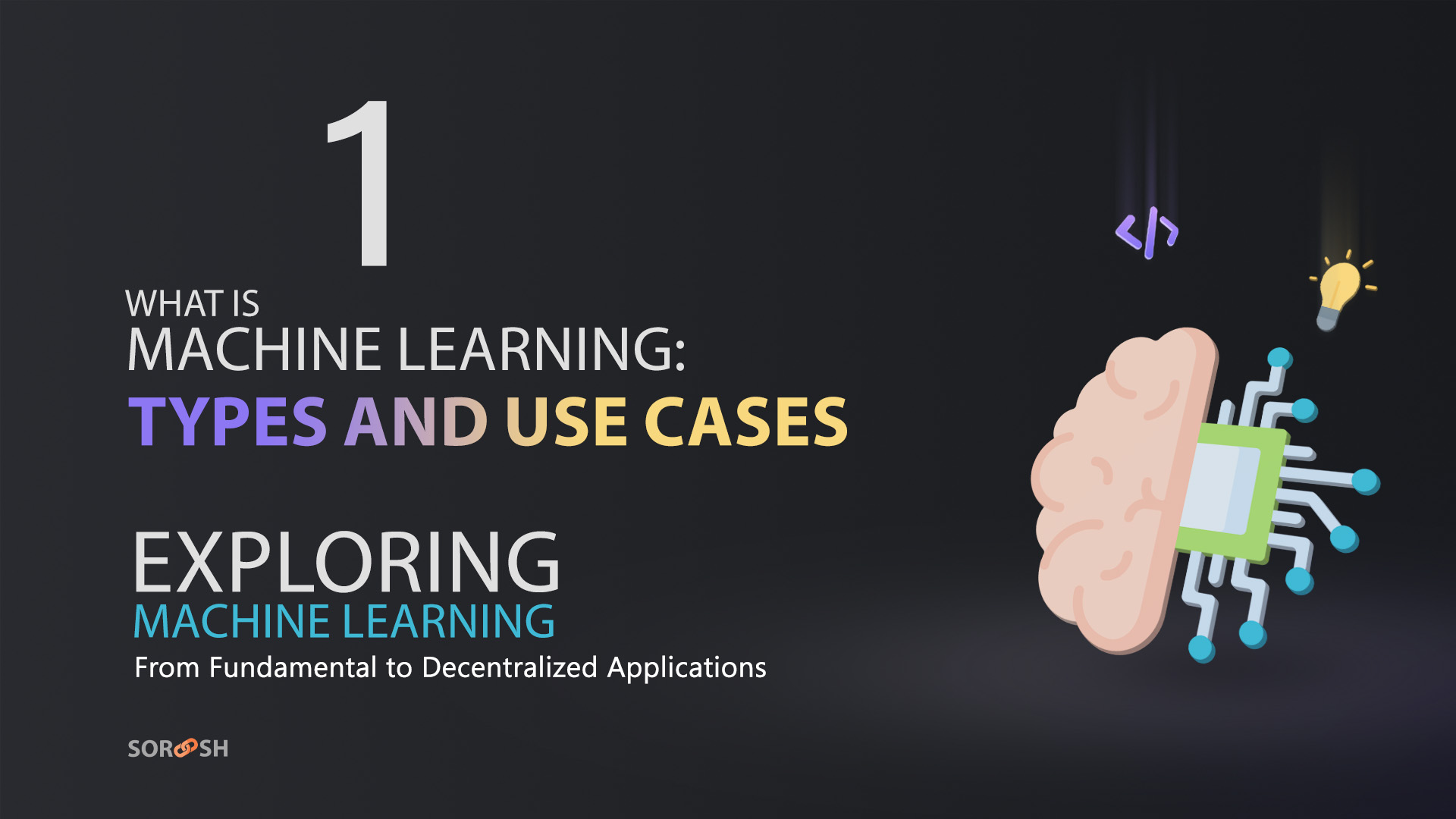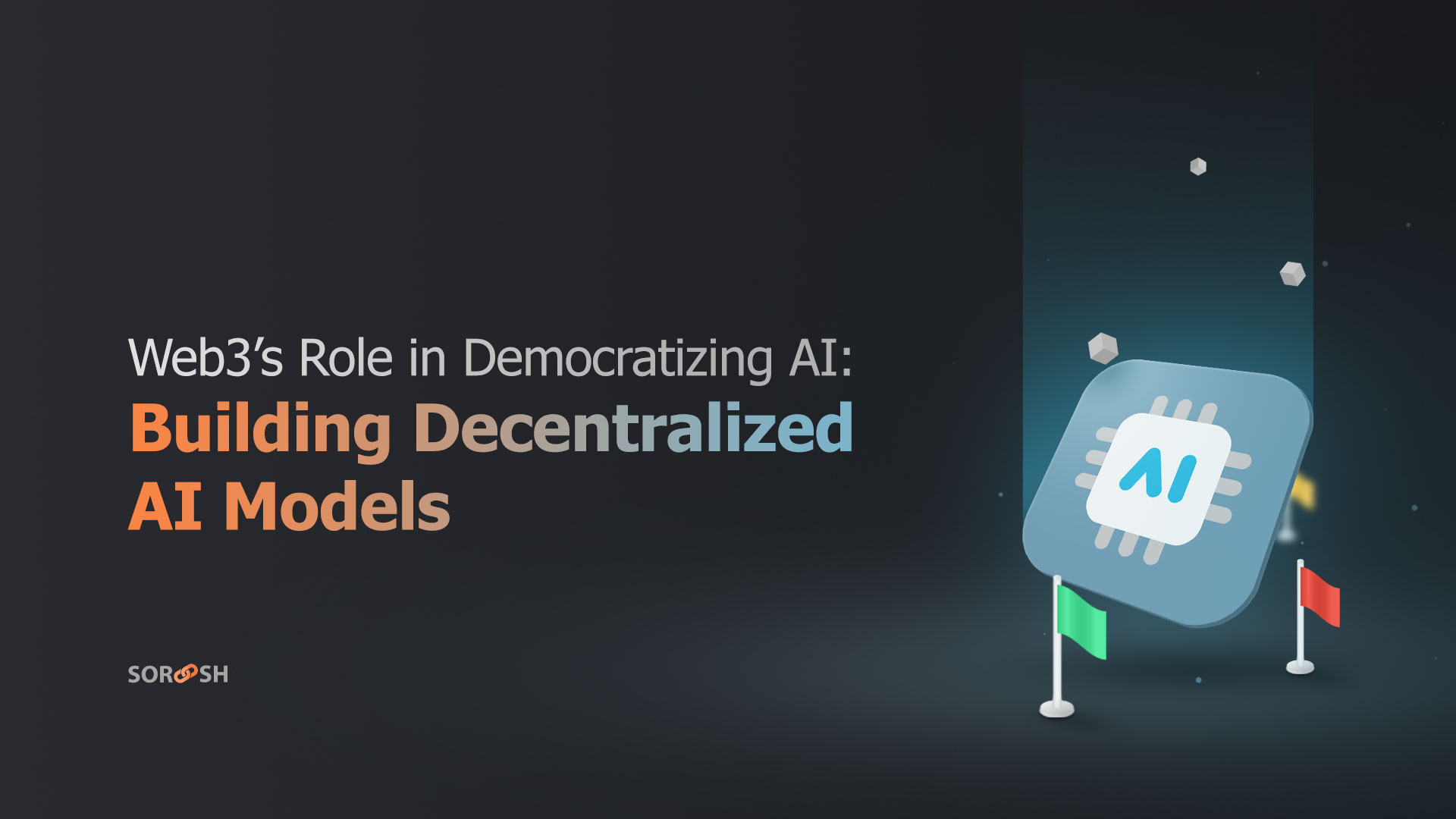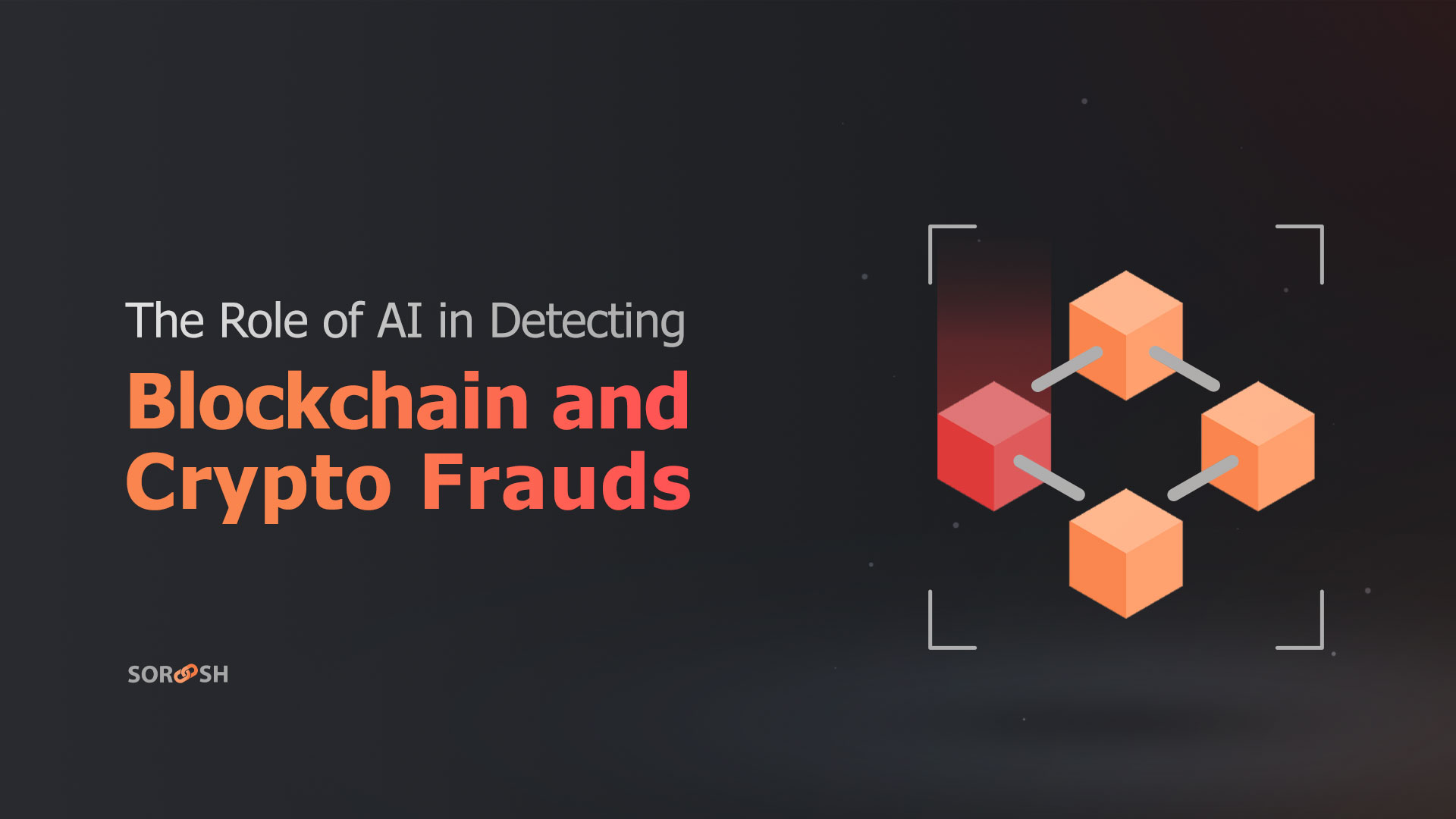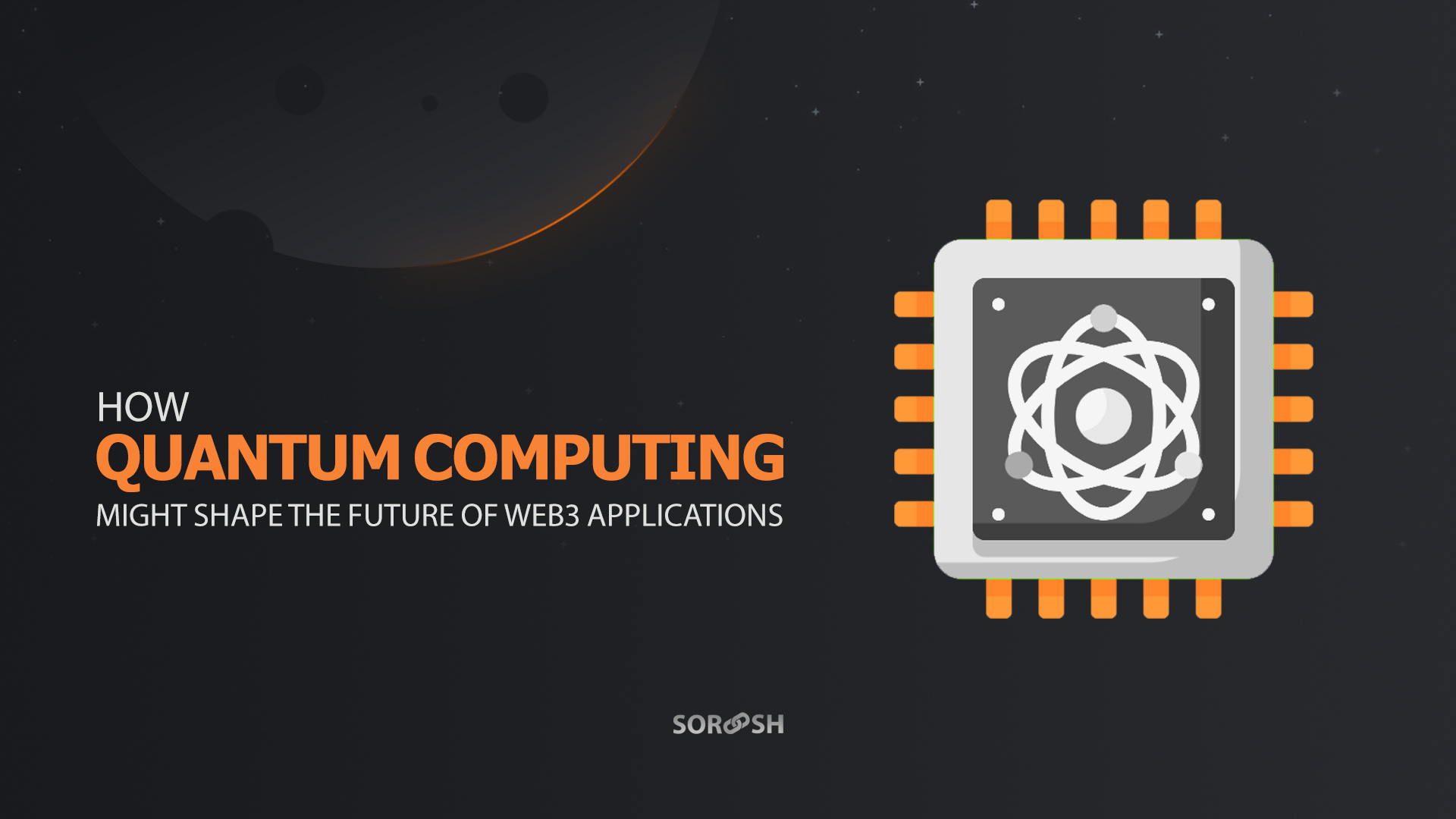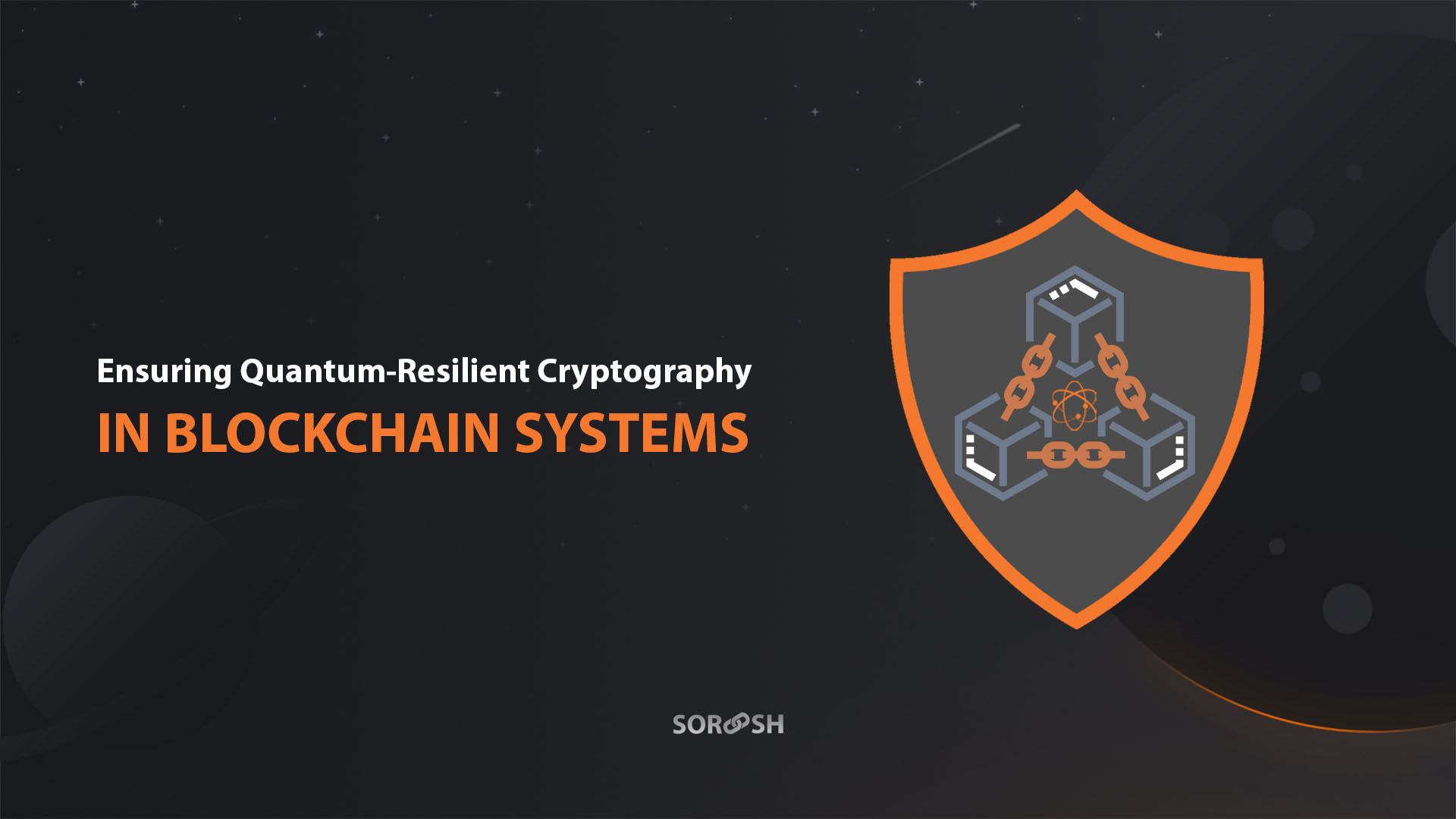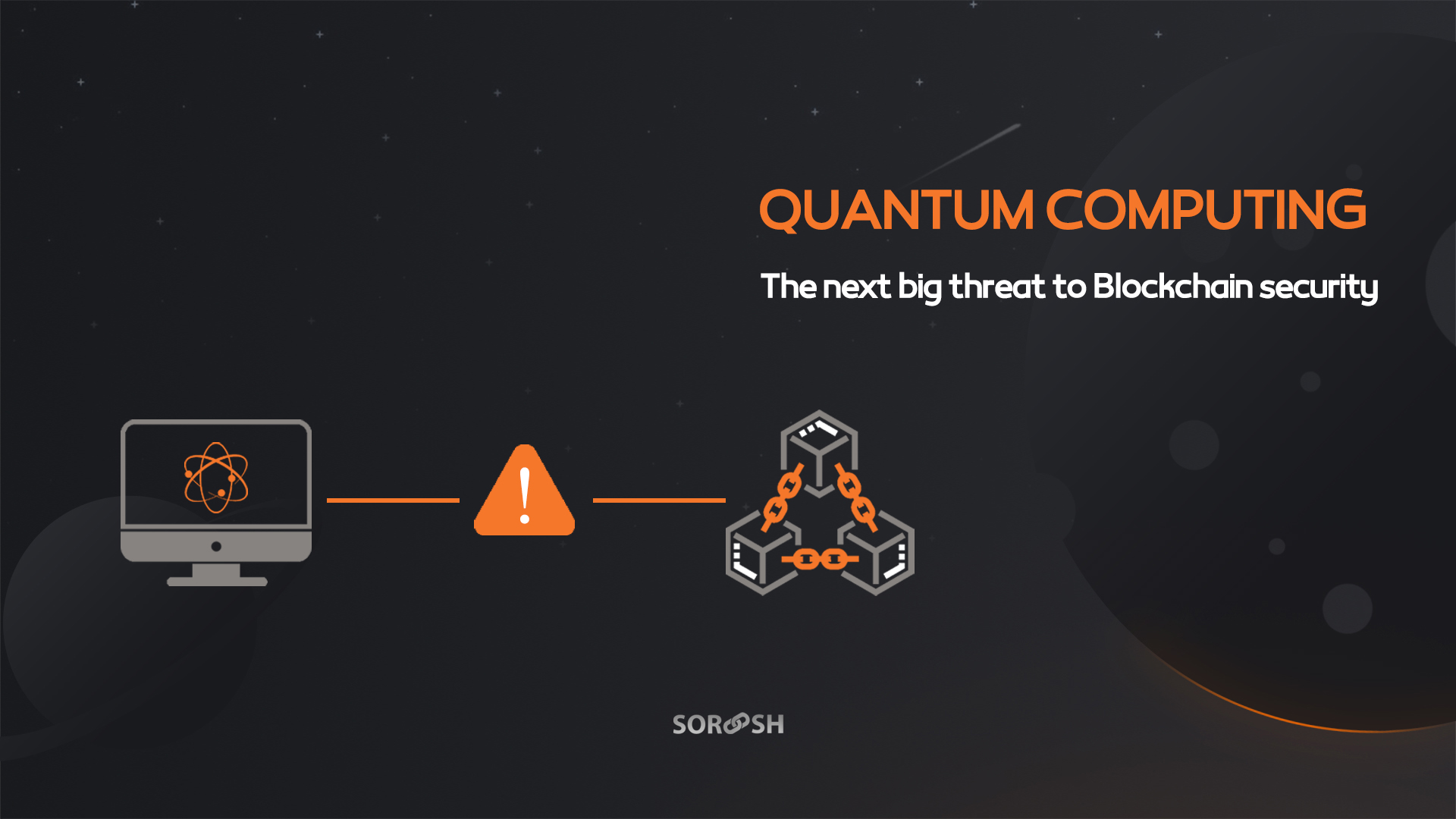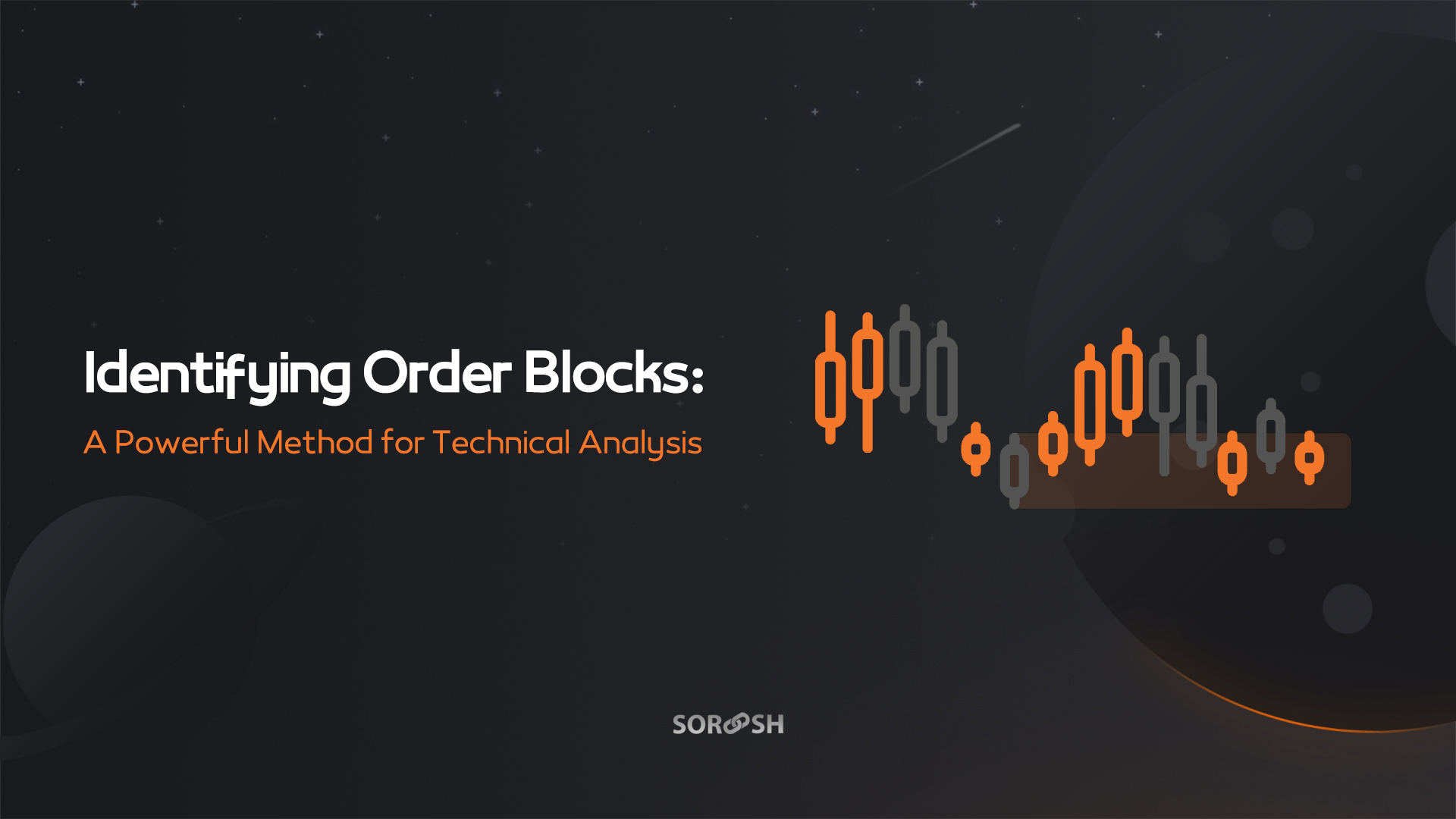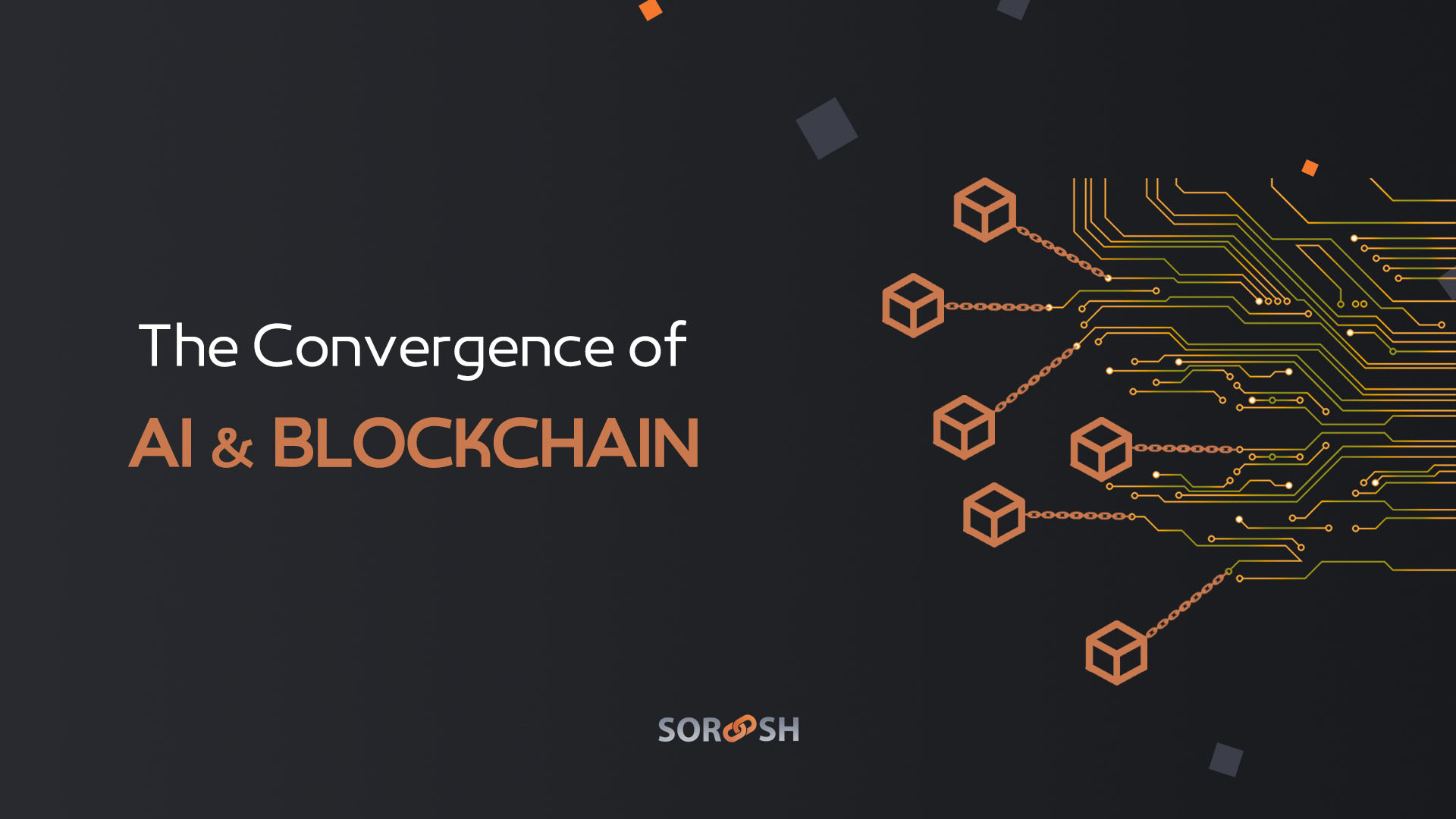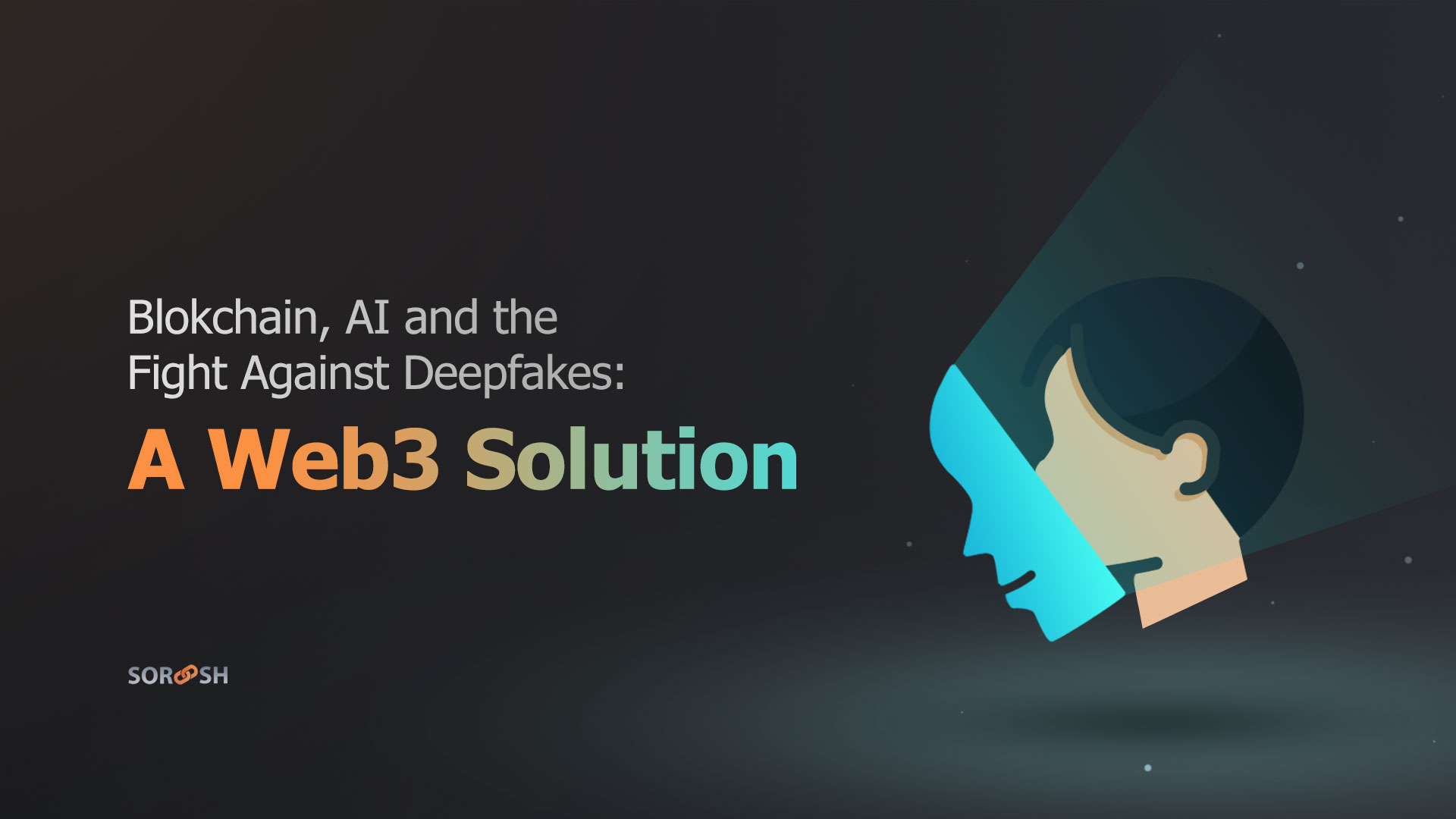

Blockchain, AI, and the Fight Against Deepfakes: A Web3 Solution
Introduction
In today's rapidly evolving digital landscape, the emergence of deepfakes poses a significant threat to information integrity and personal security. This blog delves into how the combined forces of Blockchain, Artificial Intelligence (AI), and Web3 technologies offer a potent solution to combat the challenges posed by deepfakes.
Understanding Deepfakes
Deepfakes are hyper-realistic digital forgeries created using sophisticated AI algorithms. They can manipulate audio and video to make it appear that individuals are saying or doing things they never did. While impressive, this technology raises serious concerns about misinformation, privacy, and security.
The Role of AI in Detecting Deepfakes
AI, the tool used to create deepfakes, also holds the key to their detection. Advanced AI algorithms can analyze videos and images for inconsistencies imperceptible to the human eye, such as irregular blinking patterns or subtle discrepancies in lighting and skin texture.
Blockchain: A Ledger for Authenticity
Blockchain technology, at its core, is a decentralized ledger that records transactions in a tamper-proof manner. By leveraging blockchain, we can create an immutable record of digital media, ensuring that any alterations or forgeries can be easily detected. This adds a layer of verification and trust to digital content.
Web3: The Intersection of Blockchain and AI
Web3 often referred to as the decentralized web, combines blockchain technology with decentralized networks, offering a new paradigm for data ownership and distribution. In the context of deepfake detection, Web3 enables a decentralized approach where AI algorithms can work with blockchain to verify the authenticity of digital content.
Implementing a Web3 Solution
Digital Watermarking: Embedding digital watermarks into content at the point of creation. These watermarks can be registered on a blockchain, providing a verifiable record of the original content.
Decentralized Validation: Utilizing a network of AI-powered nodes in a decentralized manner to continuously monitor and verify the integrity of digital content against the blockchain records.
User Empowerment: Giving end-users tools powered by AI and blockchain to verify the authenticity of online content.
Challenges and Future Prospects
While the combination of AI, blockchain, and Web3 technologies offers a robust solution to combat deepfakes, challenges include scalability, energy consumption, and the continuous advancement of deepfake technology. However, as these technologies evolve and integrate more seamlessly, they promise a more secure and trustworthy digital world.
Conclusion
The fight against deepfakes is critical in maintaining the integrity of our digital interactions. The fusion of Blockchain, AI, and Web3 technologies provides a promising pathway towards a future where digital content can be trusted and verified, safeguarding against the misuse of deepfake technology. As we navigate the complexities of the digital age, the convergence of these technologies will be instrumental in upholding digital truth and authenticity.
Brought to you by: Soroosh R&D team
Follow us on Social Media to get updates and announcements:














